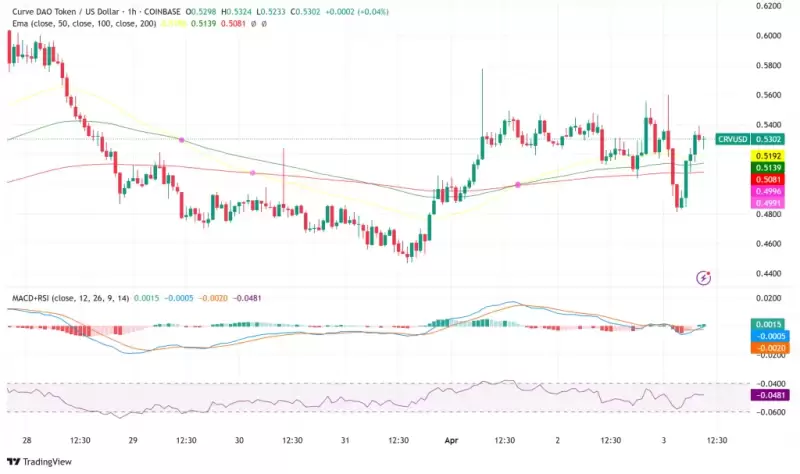 |
|
 |
|
 |
|
 |
|
 |
|
 |
|
 |
|
 |
|
 |
|
 |
|
 |
|
 |
|
 |
|
 |
|
 |
|
지구 기후와 물 위기는 서로 얽혀 있으며, 전자는 후자를 악화시키고 물의 행동은 온실가스 배출에 기여합니다. 물 부족에 직면한 이스라엘은 담수화, 폐수 처리, 농업용수 관행을 포함하는 순환 물 경제를 발전시켰습니다. 담수화, 도시 물 사용, 폐수 처리, 농업용수 관행을 특징으로 하는 이 접근 방식은 물을 보존하고 배출량을 줄이며 식량 안보를 강화하는 것을 목표로 합니다. 담수화, 효율적인 물 사용, 첨단 관개 기술을 포함한 이스라엘의 물 모델은 기후와 물 위기를 모두 해결하기 위한 귀중한 통찰력을 제공합니다.

Water Crisis and Climate Crisis: A Symbiotic Relationship
물 위기와 기후 위기: 공생 관계
The world is grappling with two interconnected crises: the climate crisis and the water crisis. These crises are inextricably linked, each exacerbating the other in a vicious cycle.
세계는 기후 위기와 물 위기라는 두 가지 서로 연결된 위기를 겪고 있습니다. 이러한 위기는 서로 뗄래야 뗄 수 없을 정도로 연결되어 있으며, 각각의 위기는 악순환을 통해 서로를 악화시킵니다.
Climate Crisis Amplifies Water Scarcity
기후 위기는 물 부족을 증폭시킵니다
As the climate crisis intensifies, it leads to more frequent and severe droughts, floods, and extreme weather events. These events disrupt water availability, leading to shortages and contamination.
기후위기가 심화되면서 가뭄, 홍수, 이상기후 현상이 더 자주 발생하고 심각해졌습니다. 이러한 사건은 물 가용성을 방해하여 부족과 오염을 초래합니다.
Water Behaviors Fuel Climate Change
물 행동은 기후 변화를 촉진합니다
Conversely, the way we consume, transport, and dispose of water contributes significantly to greenhouse gas emissions. Energy-intensive water pumping, desalination, and wastewater treatment processes release harmful emissions. Additionally, untreated wastewater releases methane gas, a potent greenhouse gas with a global warming impact 84 times greater than carbon dioxide.
반대로, 우리가 물을 소비하고 운송하고 처리하는 방식은 온실가스 배출에 상당한 영향을 미칩니다. 에너지 집약적인 물 펌핑, 담수화 및 폐수 처리 공정에서는 유해한 배출물이 배출됩니다. 또한, 처리되지 않은 폐수는 이산화탄소보다 지구 온난화에 84배 더 큰 영향을 미치는 강력한 온실가스인 메탄가스를 방출합니다.
Israel's Innovative Water Economy: A Model for Sustainability
이스라엘의 혁신적인 물 경제: 지속 가능성의 모델
Located in an arid region, Israel has faced water scarcity challenges for centuries. Out of necessity, the country has developed a circular water economy that offers valuable lessons for addressing the global water crisis.
건조한 지역에 위치한 이스라엘은 수세기 동안 물 부족 문제에 직면해 왔습니다. 필요에 따라 국가는 글로벌 물 위기를 해결하기 위한 귀중한 교훈을 제공하는 순환 물 경제를 개발했습니다.
Desalination: Tapping into the Ocean's Abundance
담수화: 풍부한 해양 활용
Israel has invested heavily in seawater desalination, producing over 600 million cubic meters of potable water annually. This strategic move is expected to increase to 900 million cubic meters by 2030, making desalinated seawater a major source of fresh water in the country.
이스라엘은 해수 담수화에 많은 투자를 하여 매년 6억 입방미터 이상의 식수를 생산해 왔습니다. 이러한 전략적 움직임은 2030년까지 9억 입방미터로 증가하여 담수화된 해수를 국가의 주요 담수 공급원으로 만들 것으로 예상됩니다.
Urban Water Use: Balancing Quality and Sustainability
도시 물 사용: 품질과 지속 가능성의 균형
Desalinated water is mixed with groundwater to enhance its quality and ensure its safety for urban consumers. The vast majority of Israel's population resides in cities, and urban water use accounts for a significant portion of the country's water consumption.
담수화된 물은 지하수와 혼합되어 수질을 향상시키고 도시 소비자의 안전을 보장합니다. 이스라엘 인구의 대다수는 도시에 거주하며 도시의 물 사용은 국가 물 소비의 상당 부분을 차지합니다.
Wastewater Treatment: From Waste to Resource
폐수 처리: 폐기물에서 자원으로
Nearly all used water in Israel is directed to wastewater treatment plants. These facilities operate on an economic basis, with multiple cities or local authorities collaborating to treat wastewater efficiently. Purification processes reduce costs and minimize the risk of untreated wastewater contamination.
이스라엘에서 사용되는 거의 모든 물은 폐수 처리장으로 보내집니다. 이러한 시설은 폐수를 효율적으로 처리하기 위해 여러 도시 또는 지방 당국이 협력하여 경제적으로 운영됩니다. 정화 공정은 비용을 절감하고 처리되지 않은 폐수 오염 위험을 최소화합니다.
Agricultural Water Practices: Maximizing Efficiency and Sustainability
농업용 수자원 관행: 효율성 및 지속 가능성 극대화
Israel has achieved a world-record level of wastewater reuse in agriculture, with nearly 90% of domestic wastewater recycled for irrigation. This purified water is vital for food security, especially in arid regions. Drip irrigation, a water-saving technique invented in Israel, has been widely adopted, resulting in significant water savings compared to traditional flooding methods.
이스라엘은 농업 분야에서 세계 기록적인 폐수 재사용 수준을 달성했으며, 가정 폐수의 거의 90%가 관개용으로 재활용되었습니다. 이 정제수는 특히 건조한 지역의 식량 안보에 필수적입니다. 이스라엘에서 발명된 물 절약 기술인 점적 관개(drip irrigation)는 널리 채택되어 전통적인 홍수 방법에 비해 상당한 물 절약 효과를 가져왔습니다.
Additional Water Sources: Brackish Water and Water Loss Prevention
추가 수자원: 기수 및 물 손실 방지
Israel also utilizes brackish water from desert regions for irrigation and fish farming. The country has also implemented strict water pricing policies to promote conservation.
이스라엘은 또한 관개 및 양식업을 위해 사막 지역의 기수를 활용합니다. 또한 국가는 보존을 촉진하기 위해 엄격한 물 가격 정책을 시행했습니다.
Conclusion: A Sustainable Path Forward
결론: 지속 가능한 발전 방향
Israel's circular water economy is a testament to the power of innovation and collaboration in addressing water scarcity. By embracing desalination, wastewater treatment, and efficient agricultural practices, Israel has demonstrated that it is possible to meet the challenges of the water crisis while mitigating the effects of climate change. The Israeli model provides a valuable roadmap for other countries seeking sustainable water solutions.
이스라엘의 순환 물 경제는 물 부족 문제를 해결하는 데 있어 혁신과 협력의 힘을 입증합니다. 담수화, 폐수 처리 및 효율적인 농업 관행을 수용함으로써 이스라엘은 기후 변화의 영향을 완화하면서 물 위기의 과제를 해결하는 것이 가능하다는 것을 보여주었습니다. 이스라엘 모델은 지속 가능한 물 솔루션을 추구하는 다른 국가에 귀중한 로드맵을 제공합니다.
부인 성명:info@kdj.com
제공된 정보는 거래 조언이 아닙니다. kdj.com은 이 기사에 제공된 정보를 기반으로 이루어진 투자에 대해 어떠한 책임도 지지 않습니다. 암호화폐는 변동성이 매우 높으므로 철저한 조사 후 신중하게 투자하는 것이 좋습니다!
본 웹사이트에 사용된 내용이 귀하의 저작권을 침해한다고 판단되는 경우, 즉시 당사(info@kdj.com)로 연락주시면 즉시 삭제하도록 하겠습니다.


























































